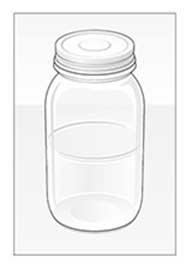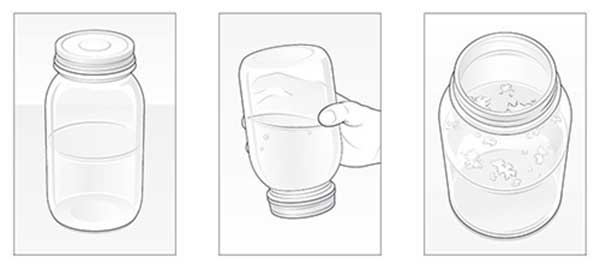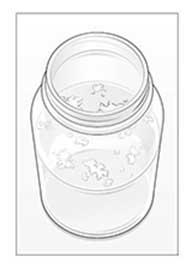Tank mixing fertilizers, pesticides and other chemicals can save time and money if done correctly. Generally, you can tank mix within product categories, such as mixing herbicides with other herbicides. However, be cautious when mixing cross-category products. There are some herbicides that shouldn’t be mixed with certain insecticides or plant growth regulators.
Before creating a batch for application, first test the combination on a small scale. Wear personal protective equipment when pouring chemicals.
Using a clean, quart-size glass jar with a lid, add 1 pint of the carrier solution, which could be water or liquid fertilizer that’s being used as the carrier. Add a compatibility agent if needed, and shake or stir the mix with the lid tightly fastened.
Then, add 1 teaspoon per ounce of pesticide that will be applied per 1,000 square feet. For example, for a planned application rate of 4.5 ounces, you would add 4.5 teaspoons to the mix. When you’re mixing more than one pesticide, add them in order of the WWW WALES Method (see below). After each addition, invert the jar 10 times to mix the products. When everything is added, let the mixture sit for 15 to 30 minutes and then look for any separation, large flakes, precipitates, gels, oily film on the jar, heat or other signs of incompatibility. When the mixture separates but can be readily remixed, it should be able to be sprayed.
If the mixture is incompatible, you can test again, first trying to slurry the dry pesticides before adding them or adding a compatibility agent (if you haven’t already). You also may try adding half of the compatibility agent to the fertilizer or water and the other half to the emulsifiable concentrate or flowable pesticide before adding it to the mixture. If none of that works, don’t use the mixture.
Once you have a compatible mixture and use it in the tank, you still need to monitor the pH level, as some products can be sensitive to pH extremes. Remember, always read the label or check with the manufacturer if you have mixing questions.
Step 1
 Pour 1 pint of the carrier solution and any needed compatibility agent into a quart-size glass jar with a lid. Shake or stir the mix.
Pour 1 pint of the carrier solution and any needed compatibility agent into a quart-size glass jar with a lid. Shake or stir the mix.
Step 2
Add 1 teaspoon per ounce of pesticide that will be applied per 1,000 square feet. Invert the jar 10 times to mix the products, and let it sit for 15 to 30 minutes.
Step 3
Look for large flakes, gels, precipitates, oily film or any other signs of incompatibility. If the mixture separates and can be readily remixed and shows no signs of incompatibility, it should be safe to apply.
WWW WALES Method
Water conditioners
Water-soluble packets
Wettable powders
Water dispursible granules
Agitate
Liquids and flowables
Emulsifiable concentrates and microencapsulates
Surfactants and other adjuvants
(Fertilizers need to be jar-tested because some mix best when added first and some best when added last.)
Source: Syngenta




